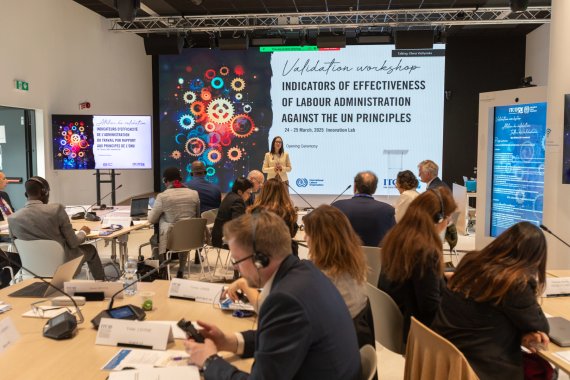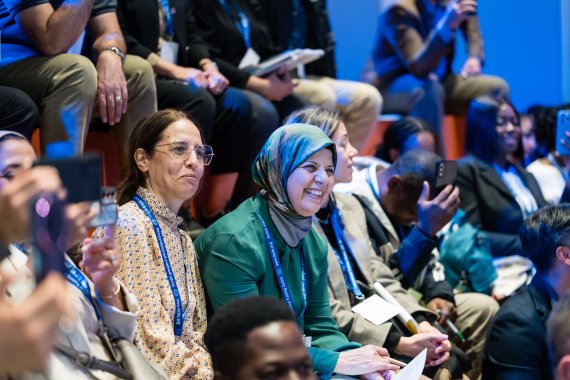Five tips for designing a successful project
Five tips for designing a successful project
How to take a robust approach to project design, based on a solid theory of change and a logical framework
1 Julio 2021

If you work in the development world, you know that taking time to properly design a project can make its implementation more effective.
Over the years, many multilateral organisations, including United Nations agencies and development banks, have adopted the Project Cycle Management (PCM) approach to designing and implementing projects.
However, PCM’s application is not always up to standard.
And as the COVID pandemic has worsened socio-economic prospects around the world, well-designed projects are needed more than ever. We need a robust approach to project design, based on a solid Theory of Change and a Logical Framework aimed at positively impacting project beneficiaries.
Here are five quick tips that can help you design better projects.
1. Have well-written project documents
Your project documents should be articulate, relevant, and up-to-date. This is important because donors pay attention to your project documents. Good documentation can open the doors to funding.
2. Conduct a proper stakeholder analysis
All stakeholders in a project have different realities and expectations. This is why it is important to conduct a stakeholder analysis, to understand each stakeholder’s context. This helps you give them the right incentive to keep them engaged and committed to the project.
"When projects fail to achieve their objectives, it is often due to the breakdown of the spirit of cooperation. When technical cooperation projects are successful, it is because all sides are working together in harmony as part of a coherent programme. Unplanned development by fits and starts is wasteful of valuable resources and usually fails to make significant progress towards the social goals that are an essential element of meaningful development.”
– The ILO in the Service of Social Progress: A Workers' Education Manual
3. Pay attention to the problem analysis
A thorough problem analysis helps you identify the core problem, making it easier to pinpoint the causes and effects. When designing your project, you can use various methods to conduct a problem analysis, like;
4. Create a theory of change and a clear logical framework matrix
Donor organizations, including the European Commission and bilateral donors, pay close attention to the theory of change and the logical framework matrix of each proposal when deciding on which projects to fund. The logical framework matrix is result-oriented and helps you operationalise the strategy in a project.
5. Develop your soft skills
Having technical project management skills is good, but adding soft skills to the mix makes you excellent. Soft skills play a large role in not only the success of your pitch to potential partners and donors but also in the management of your project as a whole. Here are a few soft skills to get you started;
- Communication
- Organisation
- Negotiation
- Decision-making
- Conflict-management
Want to learn more?


